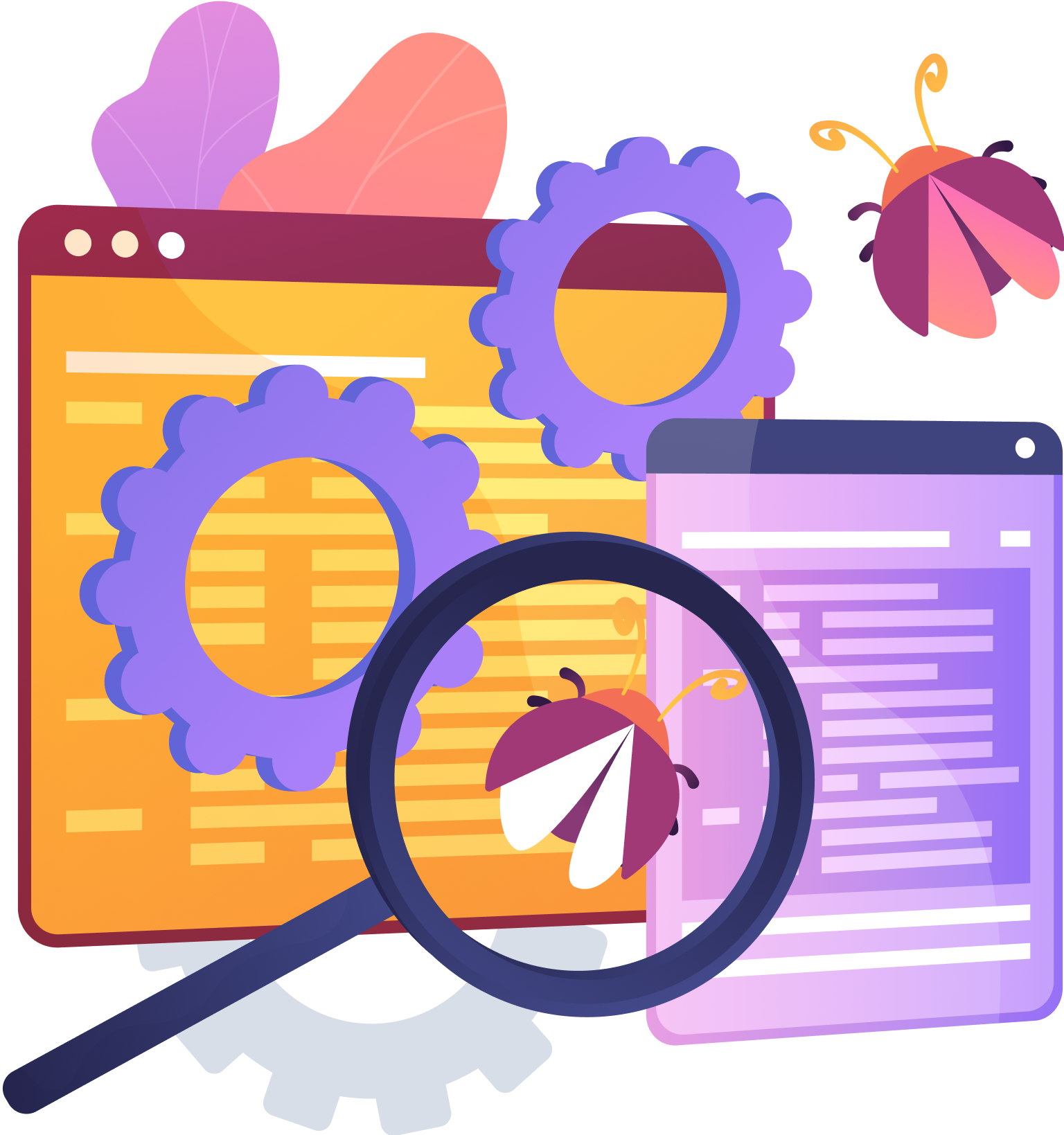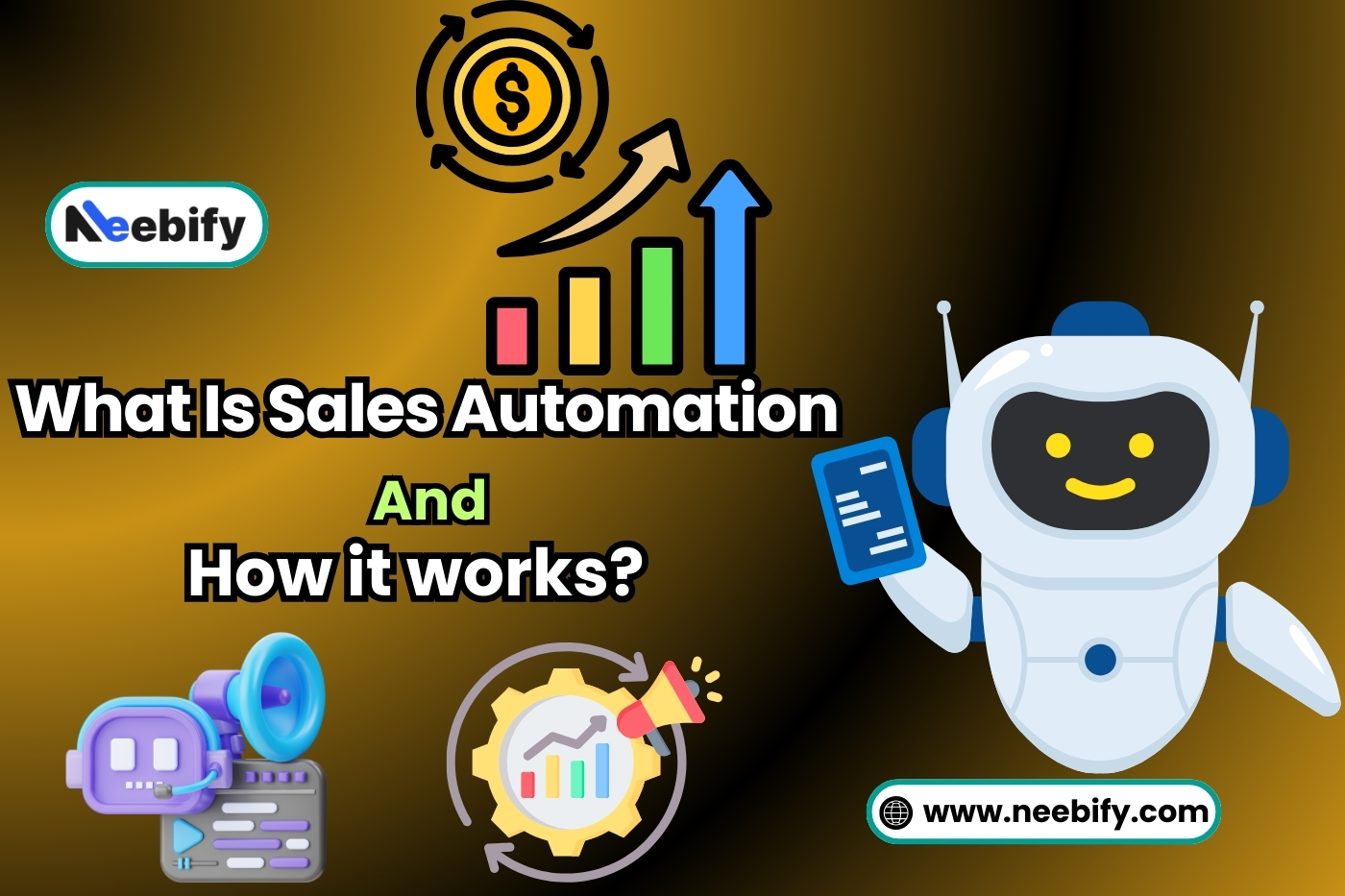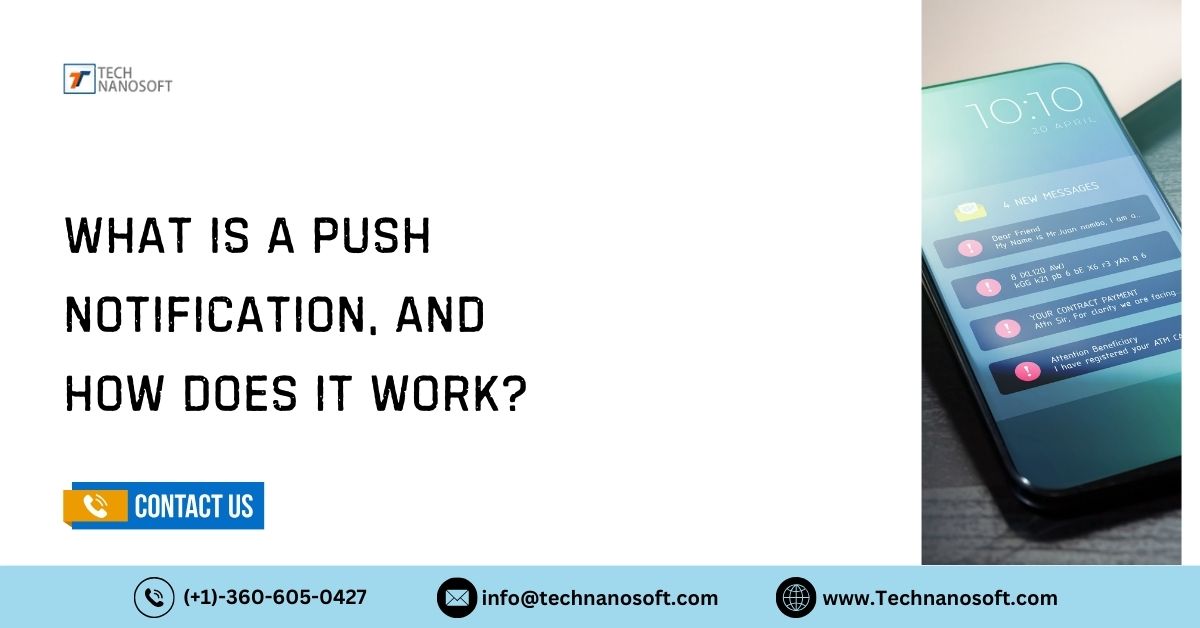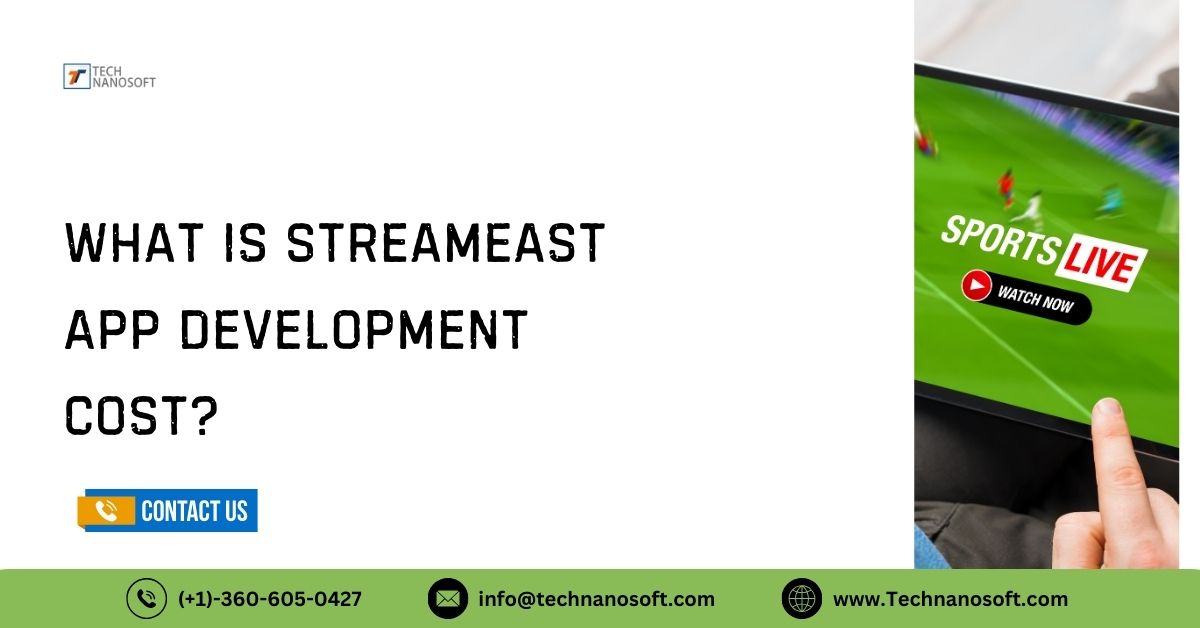What are IOT notification services, and how does IOT work?
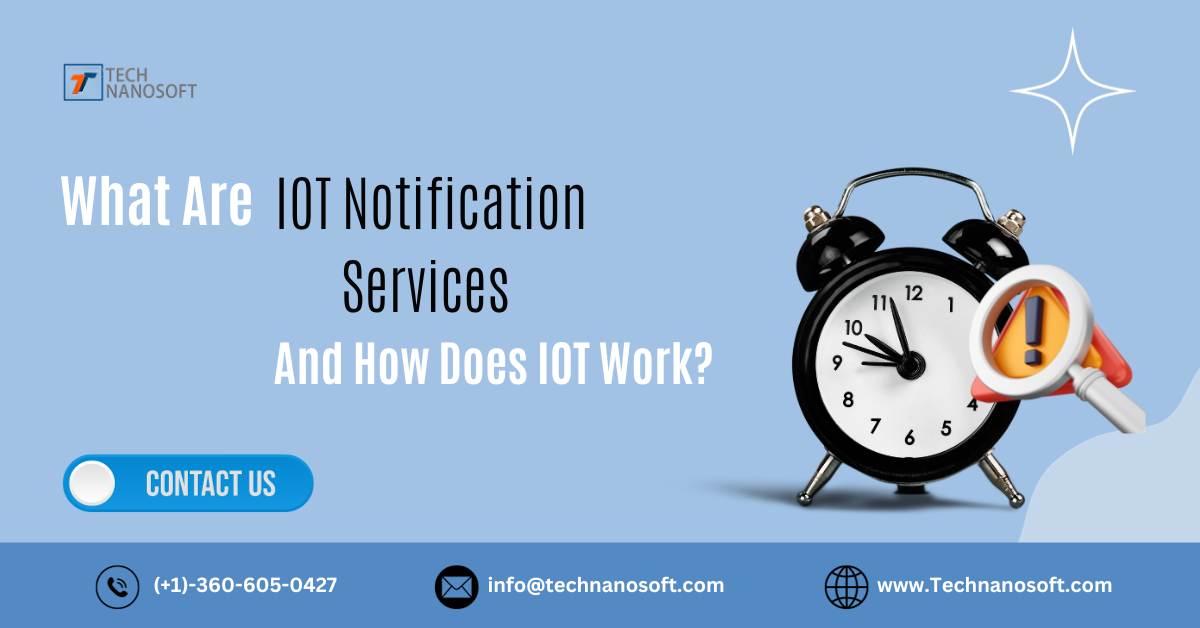
The Internet of Things (IoT), which connects gadgets and facilitates seamless communication, has emerged as a disruptive force in the rapidly changing world of technology. IoT is essentially the network of linked systems, sensors, and devices that share data to improve productivity and optimize workflows. As we approach 2024, it is important to focus on IoT progress and highlight the importance of IoT alerts.
Knowing The Internet of Things
The term "Internet of Things" (IoT) refers to how commonplace electronics are connected to one another online. These software- and sensor-equipped gadgets work together to create a network that gathers and shares data, enabling intelligent and automated decision-making. By transforming the way devices communicate, this idea creates a dynamic ecosystem that improves connection and efficiency.
IOT Development Requirements for 2024
IoT development necessitates careful consideration of many factors in the rapidly changing technology landscape of 2024. It is essential to pay close attention to security, scalability, and compatibility in order to guarantee smooth integration across various platforms and devices. In addition, the necessity of sustainable practices and energy-efficient solutions highlights the industry's dedication to responsible technical growth.
The Value of Internet of Things Alerts
Notifications from IoT device become essential for preserving user awareness and guaranteeing the best possible operation of devices that are networked. Real-time warnings play a critical role in improving safety procedures, encouraging proactive decision-making, identifying the sources of problems, and streamlining operating procedures. These alerts serve as the lifeblood of secure and effective IoT ecosystems in a connected world.
Step By Step Process That A Development Team Usually Follows To Create IOT Notification Services
1. Analysis of Requirements
The first step for the development of iot notification service. basically team is to comprehend the project requirements. They specify the kinds of devices involved, the kinds of notifications that are required, and the preferences of the user.
2. Integration of Devices
IoT devices are integrated by developers with the selected platform. This frequently entails adding sensors and actuators to the system, which enables gadgets to gather information and send out alerts in response to preset circumstances.
3. Protocols for Communication
It is essential to establish communication protocols. The group chooses and puts into practice protocols like MQTT or CoAP to facilitate easy data transfer between devices and the central platform.
4. Infrastructure in the Cloud
By utilizing cloud services, the group establishes a safe and expandable infrastructure. Cloud platforms offer processing power, storage, and effective management of a large number of linked devices.
5. Development of Notification Engines
The notification engine is designed and implemented by developers. This entails developing algorithms that, using information from IoT devices, decide when and how to send notifications.
6. User Customization and Preferences
To enhance user experience, the team includes tools that allow users to personalize notification preferences. This could entail selecting preferred notification channels or establishing thresholds for sensor values.
7. Security Procedures
In IoT systems, security is crucial. To protect data and stop unwanted access, the team puts encryption techniques, safe authentication procedures, and frequent security assessments into practice.
8. Quality Control and Testing
To guarantee the notification system's quickness and dependability, extensive testing is carried out. To verify the system's functionality, this entails unit testing, integration testing, and the use of simulated real-world scenarios.
9. Considerations of Scalability
The development team plans for scalability in the event that the number of linked devices increases over time. As a result, the infrastructure can handle growing loads without experiencing performance issues.
10. Constant Improvements
Deployment is not the end of the development process. Iterative updates, analysis of user input, and ongoing monitoring are essential for fine-tuning and enhancing IoT notification systems over time.
Advantages of Real-Time Alerting and Monitoring System's
1. Making Proactive Decisions: Proactive decision-making is built on real-time monitoring, which gives users in a variety of industries greater control. Adapting quickly to change is advantageous. It can be used to improve transportation or enhance production in a factory. This real-time knowledge shifts the paradigm of how businesses and operations respond to changing environments by ensuring that decisions are made promptly and with sufficient information.
2. Identification of Root Causes: Finding the underlying causes of operational problems is greatly aided by the real-time data that is provided by IoT notifications system. This proactive strategy reduces downtime across industries by facilitating faster problem resolution. Through prompt identification of the root cause of issues, companies may deploy tailored remedies, augmenting their overall operational robustness and agility.
3. Enhanced Security and Safety: In industries like energy, utilities, and hospitality, real-time notifications are essential for supporting security and safety protocols. Notifications of anomalies or security violations that occur instantly enable firms to take prompt action and reduce risks before they become more serious. Maintaining the integrity of vital systems and taking preventative action against new threats depend on this real-time information.
4. Optimization and Increased Efficiency: By detecting bottlenecks and inefficiencies in operational processes, real-time monitoring acts as a driver for increased efficiency. In sectors where accuracy and coordination have a big impact on output, like manufacturing, transportation, and agriculture, this optimization is especially important. The prompt resolution of inefficiencies guarantees an efficient workflow and promotes a culture of innovation and continual improvement in various industries.
Examples of Alerts In Real Time And In The Real World
1. Production: In the manufacturing industry, real-time notifications are essential for quickly identifying equipment failures, production hold-ups, or quality of iot remote control problems. Rapid intervention is made possible by this immediate information, guaranteeing that production efficiency is kept at peak levels. Manufacturers can maintain quality standards and reduce production process interruptions by taking proactive measures to remedy concerns.
2. Logistics and Transportation: Real-time monitoring is essential to logistics and transportation because it helps with route optimization, maintenance alerts, and fast reaction to unanticipated situations. By being proactive, this method cuts down on delays and guarantees that logistics procedures go smoothly. Real-time insights help transportation networks by improving effectiveness and dependability, such as rerouting goods and handling maintenance while in transit.
3. Utility and Energy: IoT notifications are essential in the energy sector for keeping an eye on the condition of equipment, seeing any problems, and averting system failures. Real-time monitoring reduces downtime. It also solves issues before they worsen. Additionally, it enhances the reliability of utility and energy systems. All of these benefits help ensure a continuous energy supply.
4. Farming: In agriculture, real-time notifications provide important information about crop health, weather patterns, and soil conditions. Using this knowledge, farmers may maximize crop productivity by making data-driven decisions. IoT alerts in farming help improve productivity and sustainability by detecting crop diseases early and adjusting irrigation based on weather forecasts.
5. Hospitality: IoT alerts play a critical role in the hospitality sector in guaranteeing customer happiness. They efficietly handle room choices, keep an eye on security, and enable prompt facility upkeep. Real-time alerts help create a smooth and enjoyable visitor experience by taking care of anything from guest room maintenance problems to improving general security protocols. This is in line with the high standards that are anticipated in the hospitality industry.
Notifications That IOT Devices Can Send To Users
1. Informative alerts from the gadget: Users receive regular updates on device status, usage data, and pertinent information through these notifications. These updates add to a transparent and user-centric experience by informing users about the health and performance of their devices and making sure users are aware of their functionalities.
2. Notifications about user activities that are informative: With the goal of improving the user experience overall, these notifications provide insights into user behavior, preferences, and patterns. Businesses may better cater services and goods to individual tastes by analyzing user interactions. This allows them to create a customized and user-friendly environment that meets the changing needs and expectations of consumers.
3. Security notifications for devices: When there are malfunctions, mistakes, or other problems that need to be attended to by the user, immediate notifications are sent out. Warnings help users fix problems quickly, reduce interruptions, and ensure equipment runs smoothly. The operational dependability and smooth user experience are enhanced by this real-time response.
4. Notifications of firmware updates: To make sure that devices are operating with the most recent software, alerts about firmware upgrades being available are essential. By giving consumers the knowledge they need to keep their devices updated, these notifications improve device security and performance. In a fast changing technological landscape, manufacturers help ensure that products perform optimally and last a long time by making firmware updates easily accessible.
5. . Manufacturer's system notifications: The maker of the device sends out notifications about recalls, updates, and announcements that could affect the functionality of the gadget. Providing users with this kind of important information guarantees openness and security. By promptly responding to manufacturer notifications, users can enhance the overall dependability and credibility of the device ecosystem by carrying out upgrades as soon as they become available or by resolving possible problems.
How Notification Delivery Is Operated
1. The procedure usually consists of: Delivering notifications entails a methodical set of actions intended to guarantee the correct and timely distribution of information. This coordinated procedure is necessary to sustain efficient communication in a variety of situations, from urgent notifications to regular updates, on a range of platforms and gadgets.
2. Initiating Occurrence: A significant event, such a sensor picking up an anomaly or a user-initiated action, starts this phase. As the catalyst, the triggering event causes the notification delivery process to begin in accordance with predetermined standards for efficient communication.
3. Information Gathering: After the incident, relevant data related to the triggering event is carefully gathered. This stage ensures that the upcoming notification is accurate and informative, and it serves as the foundation for creating a message that is succinct and specific to the event.
4.Notification Production: The process of creating the notification content begins with the compilation of data. This includes writing the text, choosing the right colors and symbols, and adding any other information that is thought to be required. The objective is to provide a notification that persuades the recipient of the information of the importance and urgency.
6. Routes of Delivery: The notification is sent to end users via a variety of delivery channels in this step. This guarantees that customers receive information through the most convenient and favored channels—mobile apps, email, SMS, or push notifications—maximizing the chance of prompt reception and acknowledgement.
7. Channels for Notification Delivery: IoT alerts have flexible distribution methods that can adapt to the type of information and the preferences of the consumer. Email, SMS, push notifications, and mobile apps are examples of common delivery channels. This adaptability guarantees that notifications are sent to users via channels that correspond with their preferences, maximizing the efficiency of information sharing in the ever-changing IoT interaction landscape.
READ MORE- IoT For Effective Traffic Monitoring Tutorial Gives A Detailed Look At The Usage Of IOT
Notes Particularly For B2B Platform Developers And Users
Using B2B platforms in the context of IoT notifications necessitates a keen understanding of particular needs and difficulties. It is essential for developers to have a deep awareness of the subtleties of data security, integration, and industry standards. Working together, developers and users can create seamless interoperability, protect data integrity, and guarantee compliance. This collaboration is essential for managing the intricacies of B2B IoT exchanges and cultivating a resilient ecosystem that depends on dependability, security, and conformity to changing industry standards.
Purpose of IOT Notification, Color And Notification Sign
1. Color: Green
Status : Normal/Healthy
Sign: ✔️
The color green denotes a healthy state and indicates that everything is within normal bounds. In order to assure users that systems are performing at their best, no immediate action is needed.
2. Color: Yellow/Amber
Status: Caution/Warning
Sign: ♠️
This color denotes caution or warning, and the amber tint suggests that there might be a problem or departure from the norm. Users who receive this alert should look into it and take protective measures.
3. Color: Red
Status: Critical/Alert
Sign: ���
An urgent issue or critical situation requiring quick attention and intervention is symbolized by the alert symbol and the color red. Users need to address the identified issue as soon as possible.
4. Color: Blue Hue
Status: Notification/Information:
Sign: ℳ️
Relevant updates or insights are indicated by non-critical notifications denoted by the information sign and the color blue. These alerts provide users with useful information even when they are not urgent.
5. Color: Gray/Neutral
Status: Inactive/System
Sign: ���
A system's status is shown by a system status symbol and a gray or neutral color. It is frequently used to indicate that a specific sensor or device is not actively collecting data at this time.
In Conclusion
The Internet of Things is still influencing technology in 2024, and the significance of IoT notifications is being highlighted more and more. In many different industries, real-time alert and monitoring systems are essential for improving efficiency, safety, and decision-making. It is imperative that developers and end users keep up with the constantly changing world of IoT notifications and their various uses as time goes on.
Questions and Answers (FAQs) About IOT Notifications:
Q1: What's involved in IoT notifications?
A1: Notifying users or devices about particular events or modifications to the state of linked devices is the purpose of IoT alerts. These alerts let consumers stay up to date on important information, possible problems, and upgrades pertaining to their Internet of Things devices in real time.
Q2: What makes IoT notifications important?
A2: IoT alerts are essential for preserving user awareness and guaranteeing that linked devices operate at peak efficiency. They support early problem detection, proactive decision-making, and improved operational effectiveness, safety, and security.
Q3: What types of notifications are typical for Internet of Things devices?
A3: Notifications can be sent in a variety of ways to users, such as frequent status updates, insights into user behavior, trouble alarms, firmware update notifications, and manufacturer system notifications.
Q4: How do users and industries profit from IoT notifications?
A4: IoT notifications strengthen safety and security protocols, enable users to take timely, well-informed decisions, aid in locating problems at their source, and boost operational effectiveness across a range of sectors.
Q5: Which channels are used to transmit IoT notifications?
A5: There are other ways to get IoT notifications, including push notifications, email, SMS, and mobile apps. Users are guaranteed to obtain information via the most convenient and favored communication channels because to this flexibility.

